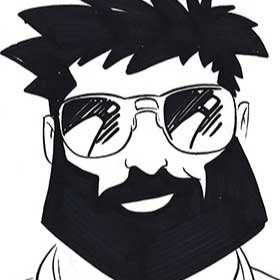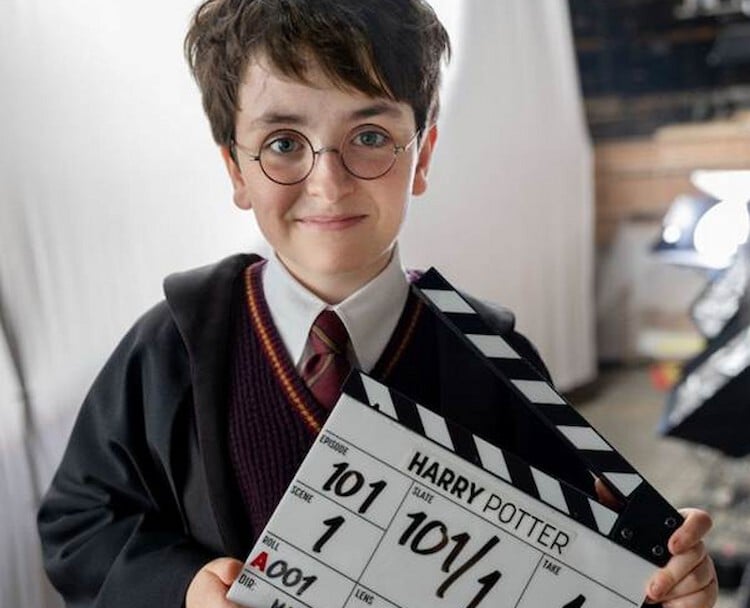- Home
-
Games
-
Movies & TV
-
Videos
- Comics & Books
- Podcasts
- Store
- Who We Are
- ---
- Login
- Account
- Our Circle
- Contact Us
- ---
- WANT TO CONTRIBUTE?
- Privacy Policy
- Terms of Service
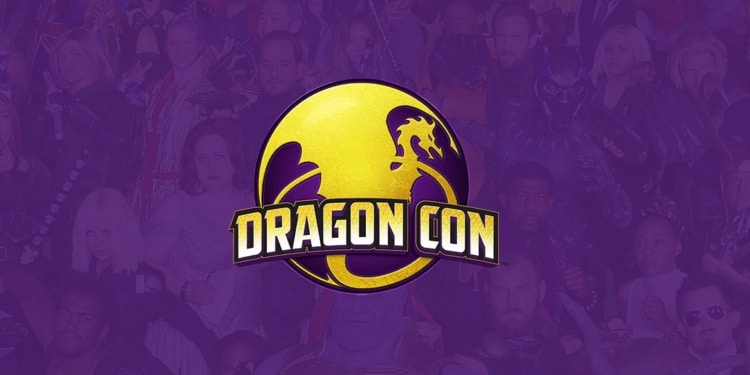
When I tell people that I’m going to Dragon Con, unless they’ve actually attended the convention themselves, it’s kinda hard to summarize why it’s not just another fan convention. Dragon Con is a culture created by fans for fans. It’s home-grown and evolves naturally over time. It’s an organic beast that lands in downtown Atlanta the Wednesday before Labor Day and consumes five city blocks for six days before fading into the mist like Brigadoon.
Today, if you tell me you went to a “comic con,” I have a picture in my head of what you’re talking about. The formula starts with a convention center in a moderate-to-large city. There’s a big vendor floor, and celebrity guests have signing booths packed into that same space. Social media marketing focuses on these guests, and the con’s core programming pivots on special panels and photo ops with the guests. Woe is the fan who purchases a ticket and hotel room to see a specific guest who suddenly has to cancel their appearance. These are what I call the “franchise cons” since many are put on by commercial event companies across the U.S.
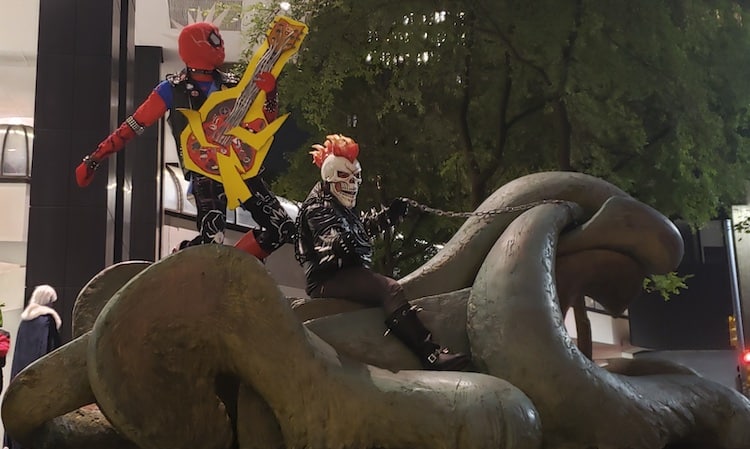
But if you roll back the clock to the late 80s and early 90s, fan conventions were a different kind of experience. They were often small, local affairs centered on specific topics like comic books, role-playing games, or Star Trek. They were organized by local groups who shared a particular interest in that topic, and attendance was often modest unless there was sufficient budget to bring in a big-name celebrity guest. And since all this was before commercial internet, marketing involved fliers in comic book stores and print ads in magazines and newsletters.
Dragon Con in Atlanta, Georgia, started in 1987 as one of these early types of local fan conventions. The Dragon Alliance of Gamers and Role-Players, a sci-fi and gaming group in Atlanta, chipped in personal contributions of $300 to form the con’s budget. That first Dragon Con (formerly written “Dragon*Con”) had sci-fi and gaming programming, four special guests, and an attendance of about 1200 fans. It also kicked off Dragon Con’s long tradition of live music as fantasy author Michael Moorcock and his friend Eric Bloom of Blue Öyster Cult jammed on the Dragon Con stage.
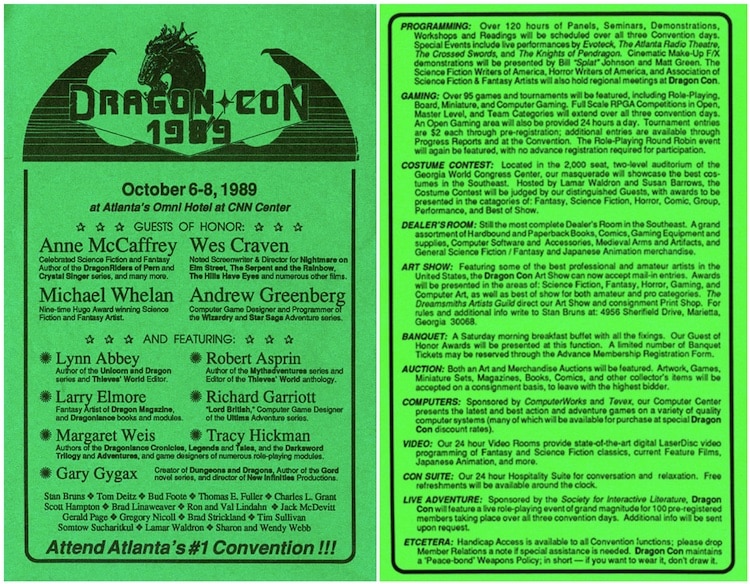
Dragon Con’s early years repeated the themes of gaming, sci-fi, and rock-and-roll, and fans were drawn to the con by these common interests. By the early 90s, the convention was ten times its size, and the interest areas exploded with fantasy alliteration, Dungeons & Dragons, costuming, and more. It was during the 90s that the convention added its long-time regular events of Friday Night Wrestling and Robot Battles. It even adopted family-oriented programming as an alternative to the adult-themed events and panels.
In the late 90s, Dragon Con settled into a consistent footprint in downtown Atlanta and locked in the Labor Day timeslot. Dragon Con has always happened in one or more hotel spaces in Atlanta. It spent a few years in the Hilton Atlanta (then called the Atlanta Hilton & Towers) and the Westin Peachtree Plaza before it adopted a regular presence in the Hyatt Regency Atlanta. It was in 2001 that the iconic Atlanta Marriott Marquis, with its sci-fi-inspiring architecture, joined the Hyatt as part of the convention space. The con grew quickly after that, extending back into the Atlanta Hilton in 2005 and to the Sheraton (now the Courtland Grand) in 2008. When I finally attended my first Dragon Con in 2011, they had just re-adopted the Westin Peachtree Plaza, creating the five-hotel configuration that persists today.

The current con footprint is a bit larger than the five hotels, though. As convention attendance exploded during the early 2010s, Dragon Con moved its vendor space to the AmericasMart exhibition center adjacent to the Westin. In 2023, vendors took up two floors, with a third floor for vendor workshops and a fourth floor for comic and pop artists. There are plenty of food vendors there, too, which is great since you’ll want to stay for a while after waiting an hour or more just to get into the AmericasMart (unless you have disability services exceptions).
Through its organic growth over the years, Dragon Con has retained its tradition of centering its programming on the fans, not just the celebrity guests. Most of the programming is managed by the volunteers that make up its interest-area tracks. In 2023, there were 32 distinct tracks at Dragon Con, each with its own programming and reserved spaces within the five hotels and AmericasMart. Each track has a director who is responsible for the track’s programming. That director leads a team of other volunteers who help manage the panels, events, lines, and other details to make each track a success. To aid all the tracks, Dragon Con has dedicated teams like Tech Ops handling audio/video requirements and Disability Services ensuring that attendees’ mobility and other needs are being met.
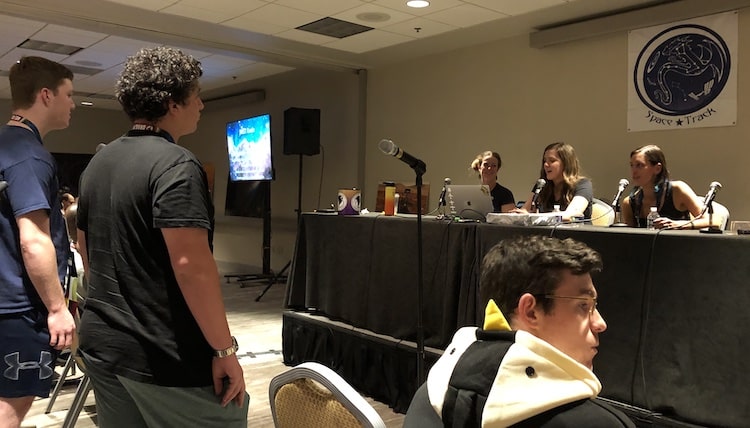
Beyond the panels, Dragon Con has events occurring at all hours across four days: dance parties, concerts, games, costume contests, cosplay photoshoots, workshops, drum circles, puppet shows, a film festival, a parade, themed meet-and-greets, and more. Plus, there are unofficial events popping up everywhere, like inflatable T-rex group mobs and impromptu photo-posing with amazing cosplayers around the con. Charity fundraising and a blood drive are also staples of the con experience. If you are lucky enough to get a room in one of the con hotels during Dragon Con, just keep in mind that the party doesn’t stop until checkout time!
Even though Dragon Con’s programming is centered on the tracks and fans, it’s still sprinkled with celebrity guests. Those guests are typically invited based on what the tracks recommend and what’s possible within the budget. When I was a volunteer in 2012, I saw how this worked in the MMO-RPG track (now part of the Video Gaming track), with volunteers reaching out to game companies like Blizzard and BioWare to see who was available to come speak about the work they were doing. Dragon Con also has a tradition of recurring guests who have become regular fixtures at the con, like musical group The Crüxshadows and actor D.C. Douglas.
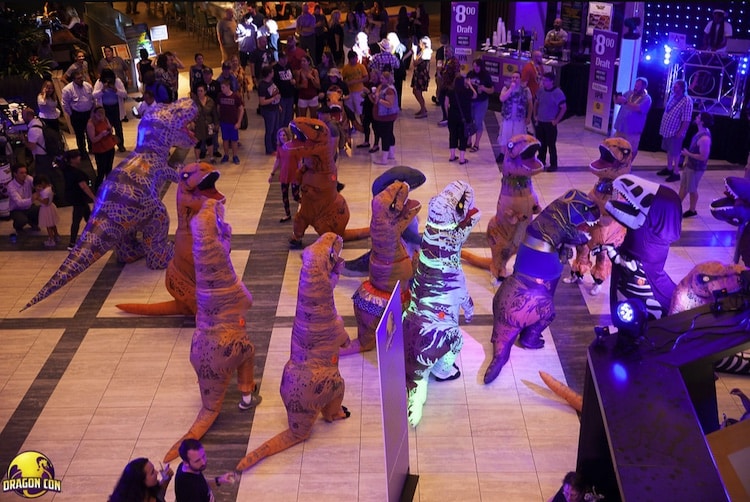
Dragon Con has not been without its controversies, and I won’t dive into all that here. However, its unique approach to the convention experience continues to thrive for 36 years and running. In 2019, before the COVID-19 pandemic, Dragon Con had over 85,000 registered guests, with many more coming out just to watch the Saturday morning parade and to experience the convention shenanigans around downtown. After holding the con virtually in 2020 (thanks to passionate volunteers and the well-established DragonConTV), Dragon Con voluntarily reduced its ticket count and reportedly had about 65,000 in attendance in 2022 and 2023. For those of us who have attended a lot over the last decade, the reduced crowd numbers are noticeable, even though the convention spaces are consistently packed and busy at all hours.
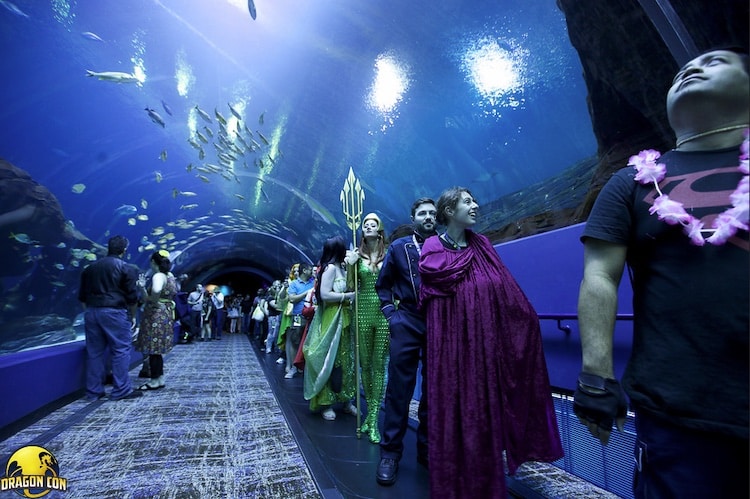
I’ve barely scratched the surface of how Dragon Con came to be and what it’s all about. For more details about Dragon Con’s long and rich history, dive into the About Page at DragonCon.org. In Part 2 of this series, I’ll cover what to expect when going to a modern Dragon Con, focusing on what makes it such a unique experience. After that, I’ll give you a glimpse of Dragon Con as a pop culture entity with its own fan base and unique cults that unite us all in the Unified Church of the Dragon. In the meantime, get to know the con better by checking out the Dragon Con 2023 Quick Start Guide.
